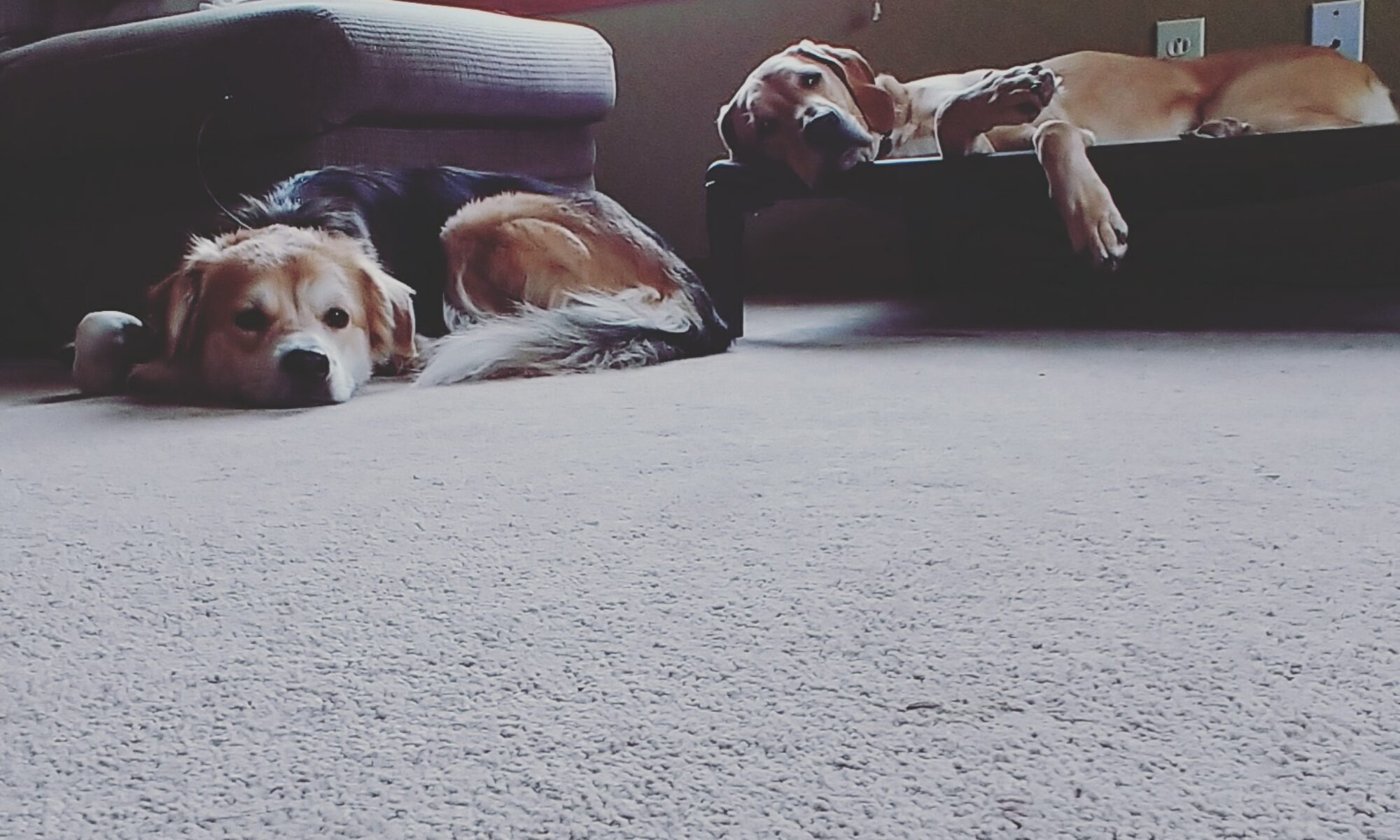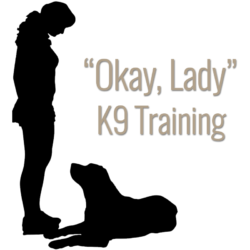What is Balanced Dog Training?
What is Your
Training Method?
What Training Tools Do you Use?
Are Prong Collars
Dangerous?
Are E-collars
Necessary?
Are E-collars
Harmful?
Will my dog always have to wear an e-collar?
Expect your dog to wear his/her e-collar daily (from the time your get up in the morning until you go to bed at night - taking it off when you're not home, of course) for at least a year. This provides your dog with consistency from you and prevents them from becoming collar-aware. After a year's time, as you begin to notice your dog becoming more and more reliable, you may only need to use the collar during outings or when you know there will be times of high distractions.
Does your training program come with a guarantee?
There are several variables that go into training a dog or rehabilitating one with behavioral problems. These variables include, but are not limited to owner commitment, consistency, and follow-through. Because of these variables, it is impossible to offer a 100% guarantee. However, I am committed to work with you as a team from before I even meet your dog, through the training process, and until well after your dog goes home. I see our work as a partnership that will continue for the life of your dog (training never stops). Your success, and the success of your dog is my priority.
Can I see my dog during a board and train?
Depending on the duration of your dog's stay, I try to schedule a short session with your dog a couple of weeks into his/her training. This session will begin with a "meeting" to discuss your dog's needs, how to make adjustments in your home before your dog returns, and any adjustments that may need to be made in your daily life. After this meeting, you will have a short session with your dog to see his/her progress thus far.
Is a board and train really necessary?
Most dogs that are brought to me have behavioral issues because they are anxious. Teaching a dog to be calm in all situations begins by first removing them from what has become a habitual way of life and reconditioning them. Once this new state of mind has been learned, they can carry it back to familiar territory and continue to practice being confident.
What safety protocols do you have in place?
Your dog will spend any unsupervised time in a sanitized wire crate. Any potty or free-play time will be spent in my fenced-in back yard under supervision. I work with no more than two clients at a time to assure that your dog gets all of the attention he/she needs. Any interaction that your dog has with another dog will be with my dogs only - dogs that are conditioned to work with other dogs. If I have more than one client in my home, there will be no interaction between the two of them.
What does a day of training look like?
Each dog sleeps in my home in a crate that has been sanitized. Each morning starts with a potty break followed by a walk. Throughout the day, each dog receives 1 1/2 to 2 hours of formal training. While that may not seem like much, this is plenty of time for you dog to learn new concepts without burning out. Rest assured, your dog is in constant training 100% of the day - even during "down time" - whether he/she is learning to be calm, to stay in one place for long periods of time, how to act during feeding, or what behavior is acceptable during day-to-day activities. Each moment your dog is here is a moment of training.
Customer Service?
While your dog is with me, I expect you to follow his/her progress on social media. You will also receive training during and after his/her formal training period, adding up to about 6 hours of training for you. I offer additional training as needed at a reduced price as one-hour sessions. However, I am always available to answer a quick question here or there. I view the client/trainer relationship as a partnership, and I want to see you and your dog succeed. Always feel free to reach out with any questions or concerns.
In some special situations we can sometimes arrange payment plans for clients. Contact me for more information.

